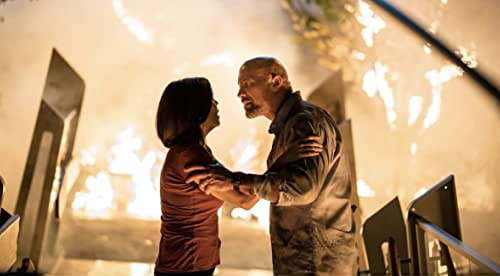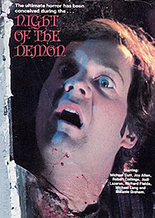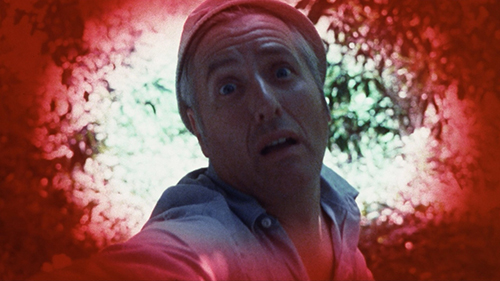
 I love a good heist movie. Thirty Dangerous Seconds is not one.
I love a good heist movie. Thirty Dangerous Seconds is not one.
Written, directed and produced as pedestrian as possible by movie newbie Joseph Taft, the Oklahoma City-shot obscurity begins with a phone call as Lori (Kathryn Reynolds, Trilogy of Terror) pleads with her drunken oilman love, Glen (a sleepy Robert Lansing, 4D Man), to return to OKC to get married and knock over an armored car.
One barfly fling later, Glen agrees … not knowing that three professional criminals have the same damn plan (minus the nuptials). Viewers may not know that, either, as this isn’t immediately obvious since Taft’s attempts at setting up who these people are and their relationships to one another are gelatinous at best. Further confounding matters is Lori looks like Patricia (Marj Dusay, A Fire in the Sky), the moll of fresh ex-con Tim (Michael Dante, The Naked Kiss), who’s in cahoots with the bald, wheelchair-bound kingpin, Ed (Peter Hart, Blood Cult).

Two groups, one target — not a bad idea, but Taft bungles it entirely, barely depicting his crime picture’s crux! Suffice to say, Glen, Lori and Glen’s fake mustache beat Ed’s gang to the money punch. Before the newlyweds can flee to Mexico for a happily ever after, Lori is kidnapped, drugged and tortured with a plastic bag.
For Glen to get his bride back, Ed forces him into a game of forking over the stolen bucks at four separate spots around the OKC metro, with only 10 minutes to get to each. (So why isn’t the title Thirty Dangerous Minutes?) While these scavenger-hunt hoops make no narrative sense, they give Thirty Dangerous Seconds its lone memorable stretch, as Glen — sporting a hideous, two-bit Gore-Tex jacket in lipstick red — makes deposits to everyone from a party clown in a room of player pianos to a roller-skating dwarf in a parking garage.
By then, you’ll swear you’re hallucinating, but please don’t take that as encouragement to watch. Taft’s only movie feels like a moderately ambitious student film, but made before he got around to enrolling in Screenwriting 101. If you should succumb, watch for early cameos by John Ferguson (aka OKC TV horror host Count Gregore), Ford Austin (aka future director/actor of the riotous Dahmer vs. Gacy) and some bartender in vertically striped pants. —Rod Lott











